The Best Netflix Series In Years Gets Season 2 Order
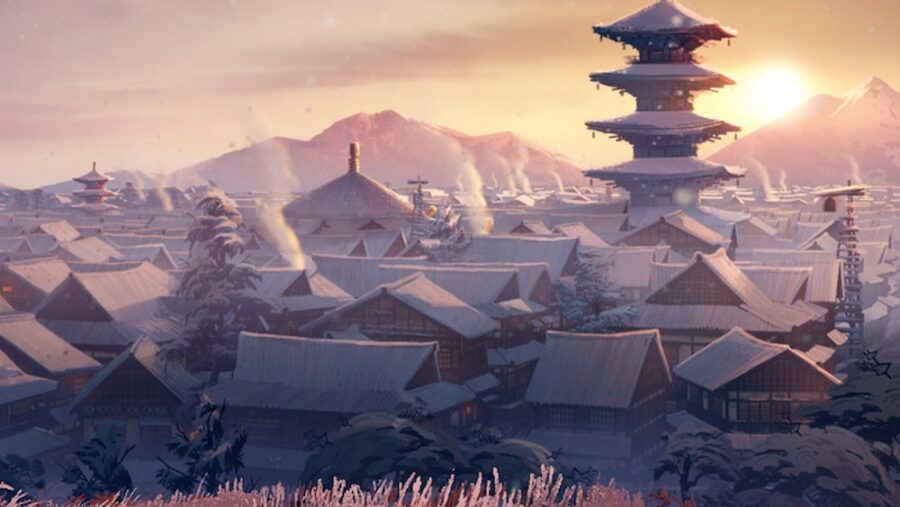
The popular animated series Blue Eye Samurai has been renewed for a second season on Netflix. Created by Amber Noizumi and Michael Green, the surprise hit has captivated audiences with its unique blend of historical drama, action, and a gripping story about the biracial samurai Mizu, voiced by Maya Erskine. Plot details remain under wraps for now, and Season 2 has no release date as of yet.
What’s In Store For Season 2
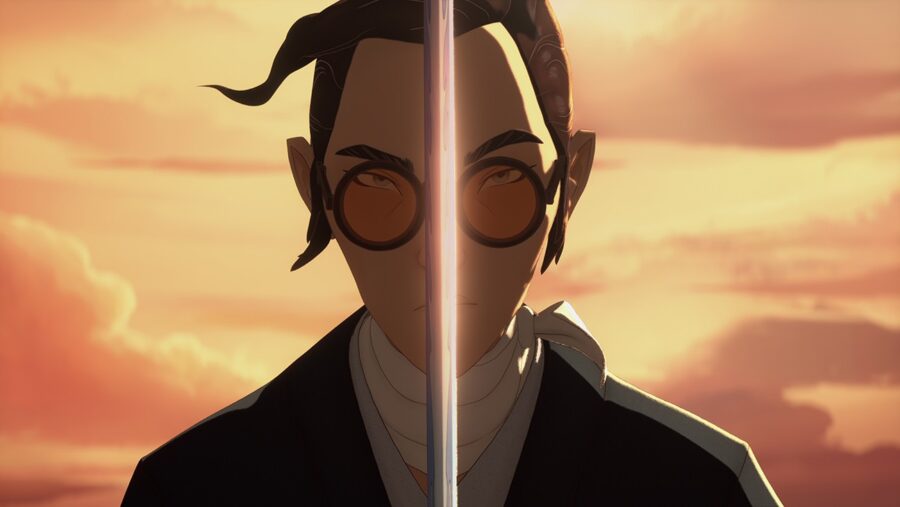
The Blue Eye Samurai Season 1 finale left fans hungry for more, hinting at the untold adventures that lie ahead for Mizu and Fowler. As the duo embarks on a journey from Japan to London to pursue vengeance against Mizu’s targets, the upcoming episodes promise to be as thrilling and action-packed as its predecessor.Creators Noizumi and Green expressed excitement about the Blue Eye Samurai renewal and the opportunity to delve deeper into Mizu’s story. In a statement via The Verge, they revealed that “Mizu has a lot more blood to spill.” The duo thanked the dedicated creative team and the global viewership that embraced the Netflix series.
Blue Eye Samurai Is Set In Edo-Period Japan
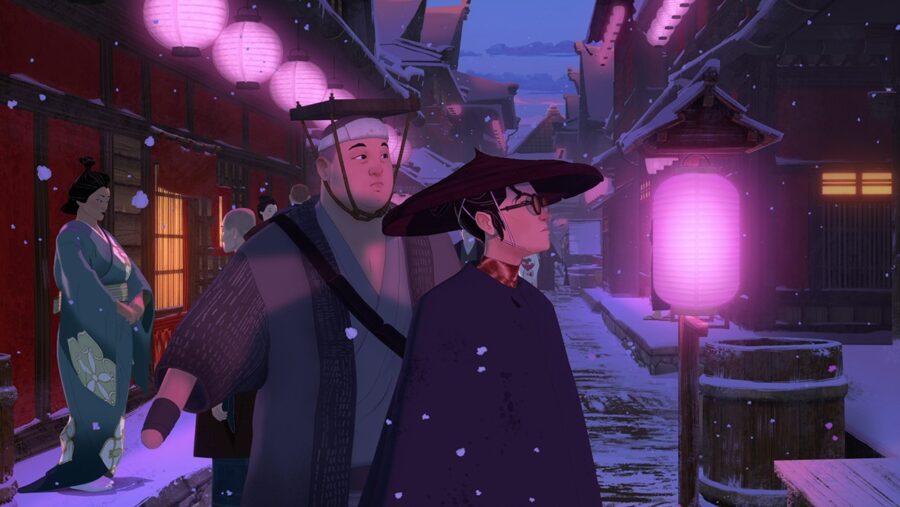
“When we started this project, we made a commitment to take this very personal story set in Edo-period Japan and bring it to life in the most authentic and beautiful way possible,” they said about Blue Eye Samurai. “We are thankful to our entire team and to our viewers from all over the world who have shown such passion for Mizu and her path of revenge.”
The success of Blue Eye Samurai lies not only in its story but also in its commitment to authenticity and beauty in depicting the Edo-period Japan setting. Noizumi and Green’s vision has resonated with audiences worldwide, who have praised the Netflix show’s meticulous attention to detail and depiction of Mizu’s journey of revenge.
Interestingly, Blue Eye Samurai is set in 17th-century Edo-period Japan. At the time, borders were closed to the outside world, and citizens would never see a face that was not Japanese, except in rare cases of illegal trade. The series offers a mix of historical accuracy and creative liberties, delving into the lives of samurai, women, and those of mixed heritage with varying degrees of historical accuracy.
An Authentic Representation
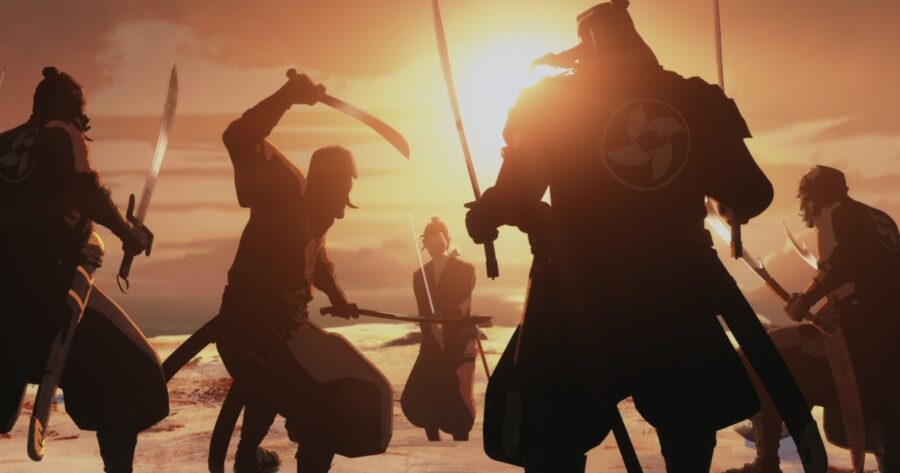
Blue Eye Samurai captures the essence of the Edo period’s declining samurai class and their dedication to loyalty, courage, and honor. The portrayal of Mizu, Ringo, and Taigen reflects the fading relevance of samurai in a politically and economically stable society. However, the series successfully maintains the samurai spirit despite the diminished role they played during this period.
Mizu’s character, a mixed heritage white and Japanese woman posing as a male swords master, adds a layer of complexity to Blue Eye Samurai. While the Sakoku policy is accurately depicted, restricting foreign influence, the series introduces a group of renegades reminiscent of pirates from the preceding Christian Century.
The One Thing Blue Eye Samurai Gets Wrong
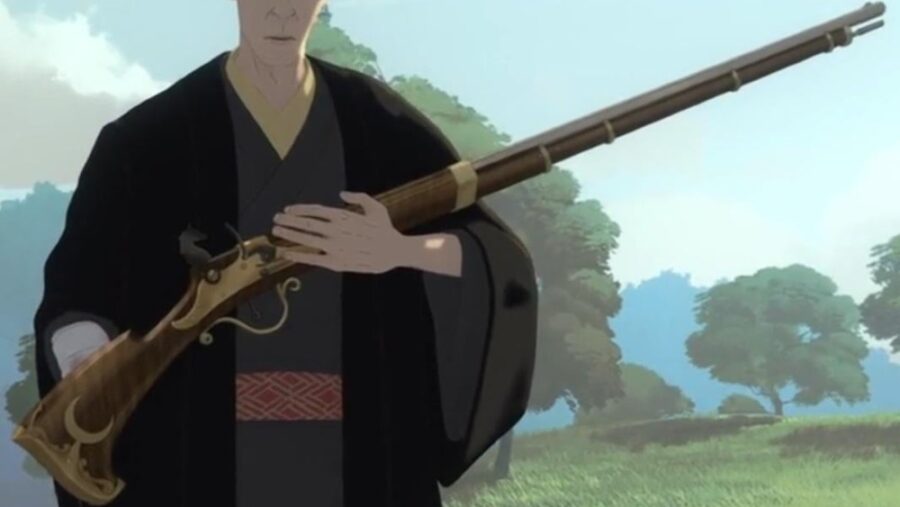
Blue Eye Samurai‘s vivid portrayal of violence exaggerates the unrest in Edo-period Japan. While the ceremonial role of the samurai is accurately depicted, the series suggests that firearms could tip the balance in favor of foreign intruders. Although firearms were present in Japan during this era, their use was not as widespread, and swords remained the weapon of choice in more minor conflicts.
Season 1 Streaming On Netflix
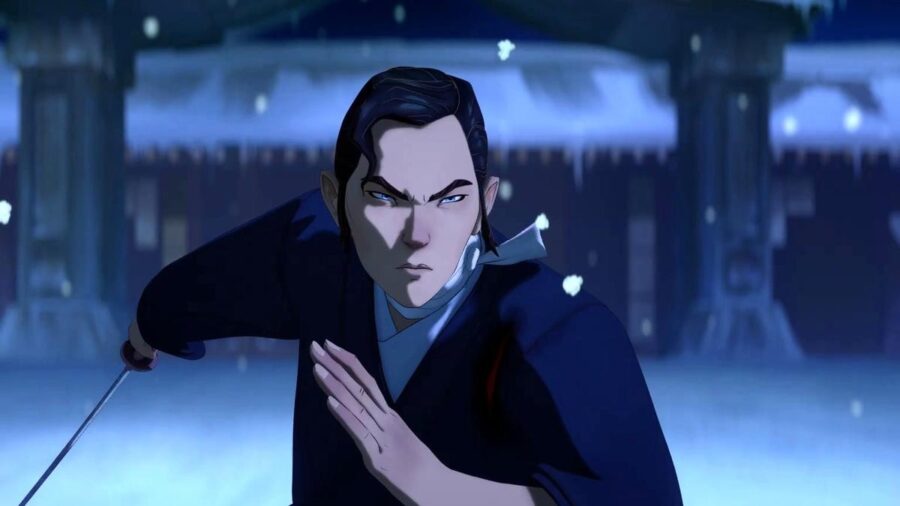
Despite its deviations from historical facts, Blue Eye Samurai offers an enjoyable and visually stunning experience of Edo-era Japan. The characters, voiced by George Takei, Masi Oka, Cary-Hiroyuki Tagawa, Brenda Song, Darren Barnet, Randall Park, and Kenneth Branagh, and their stories contribute to a captivating narrative that keeps viewers engaged.












